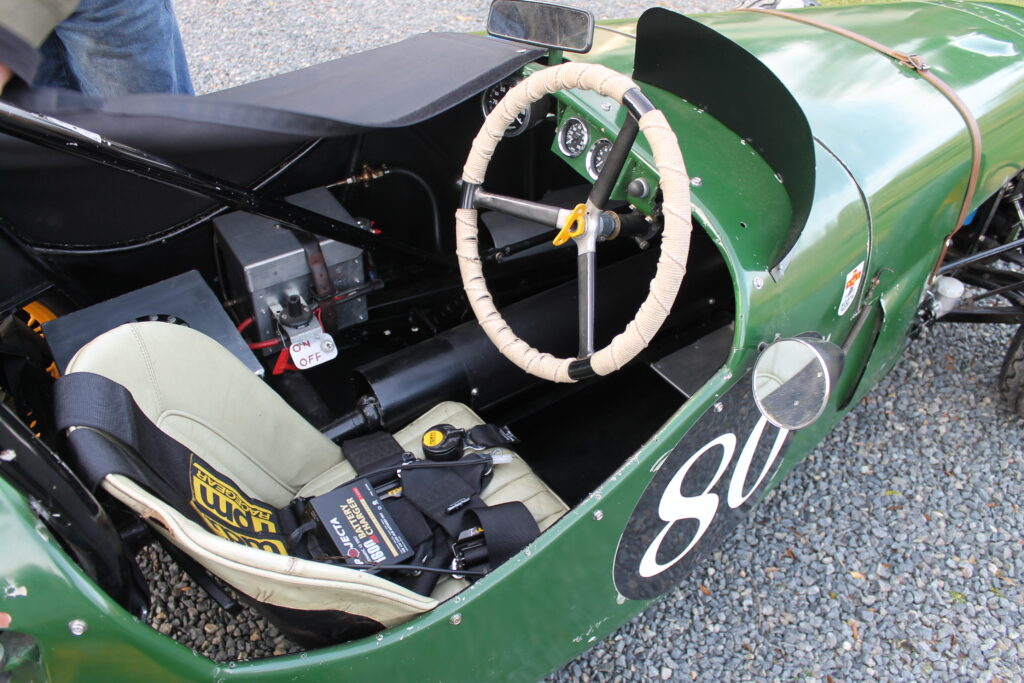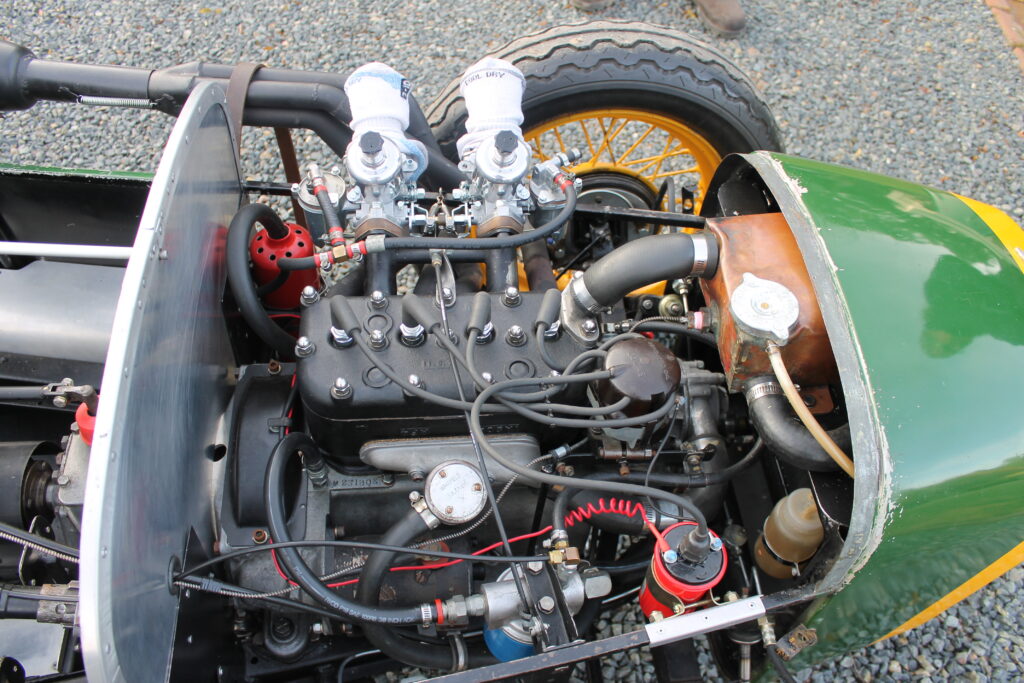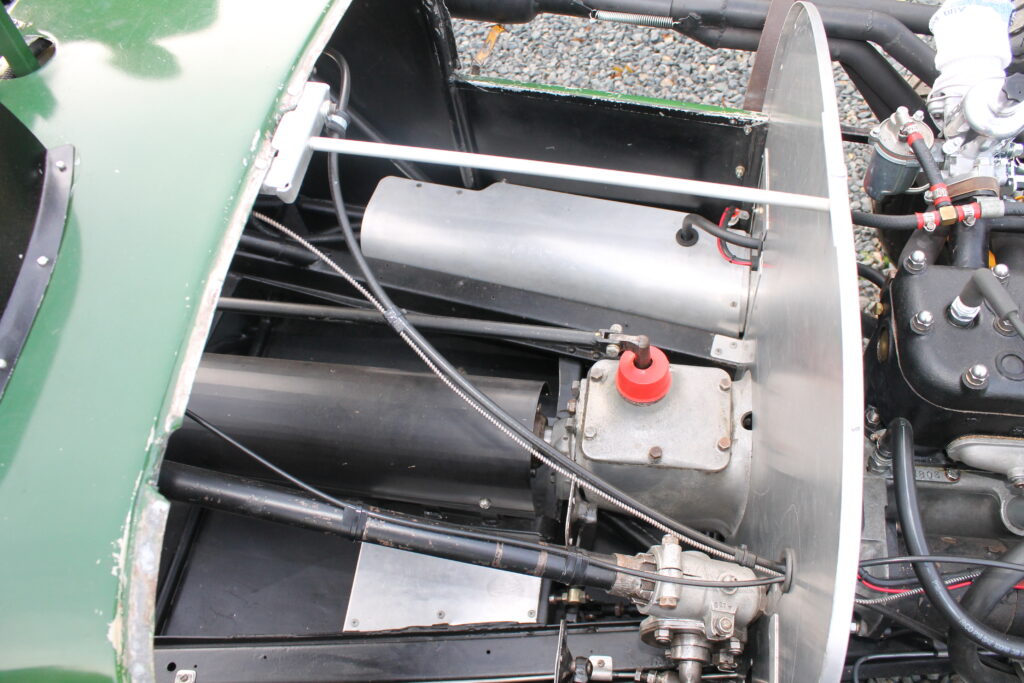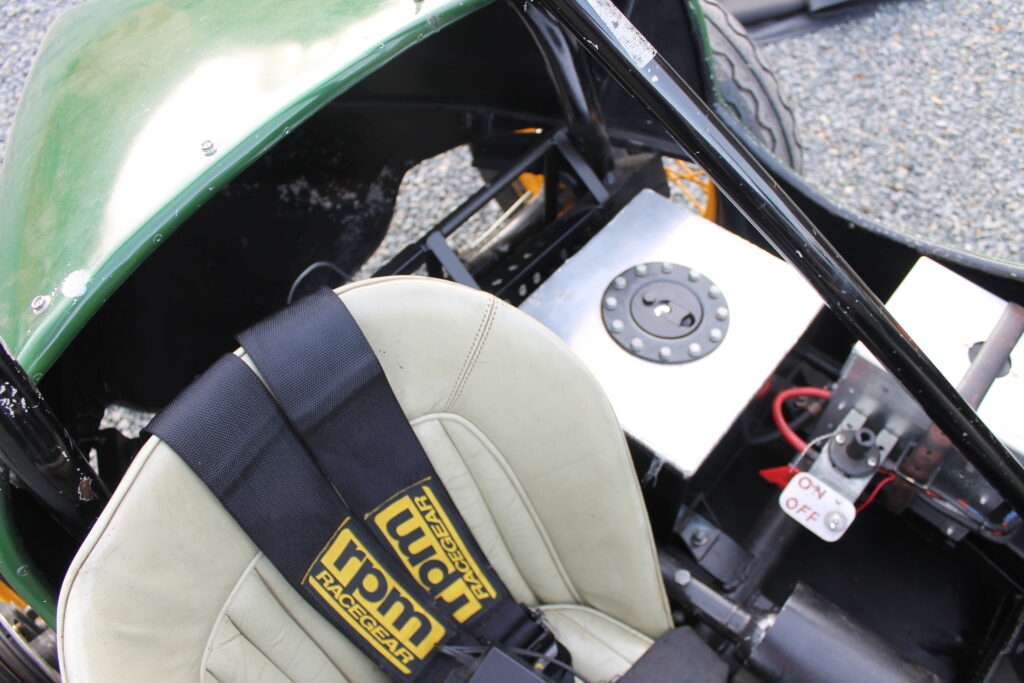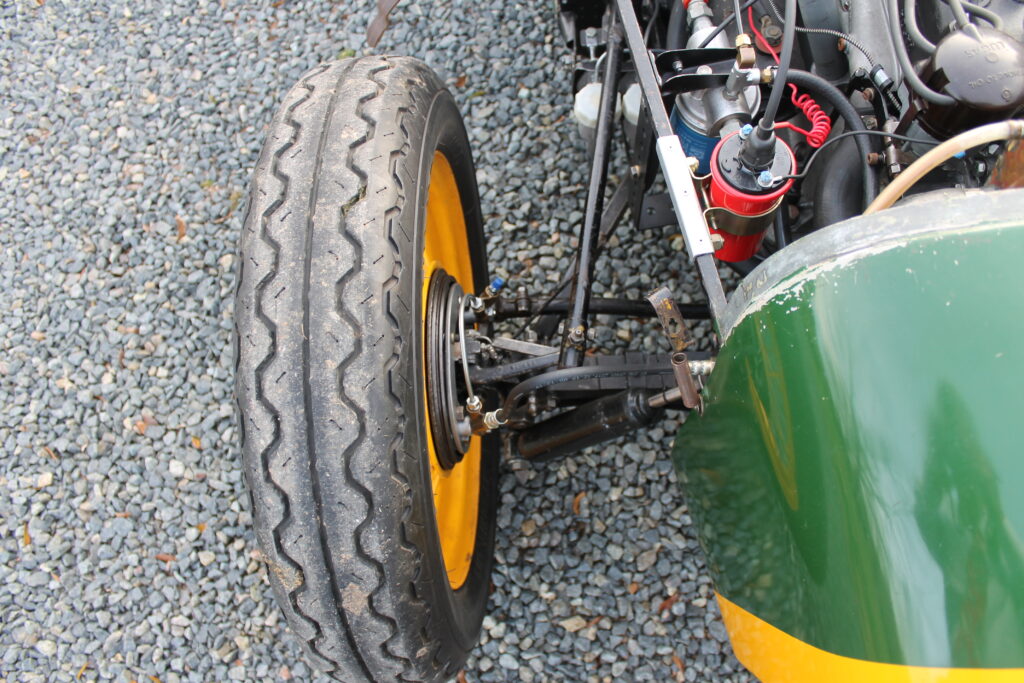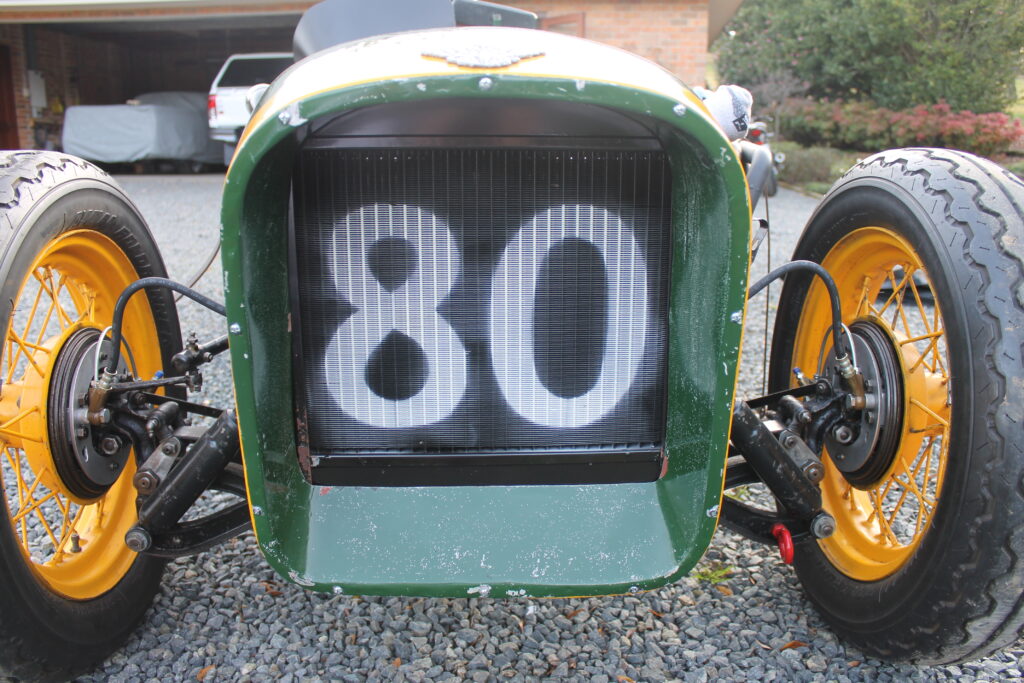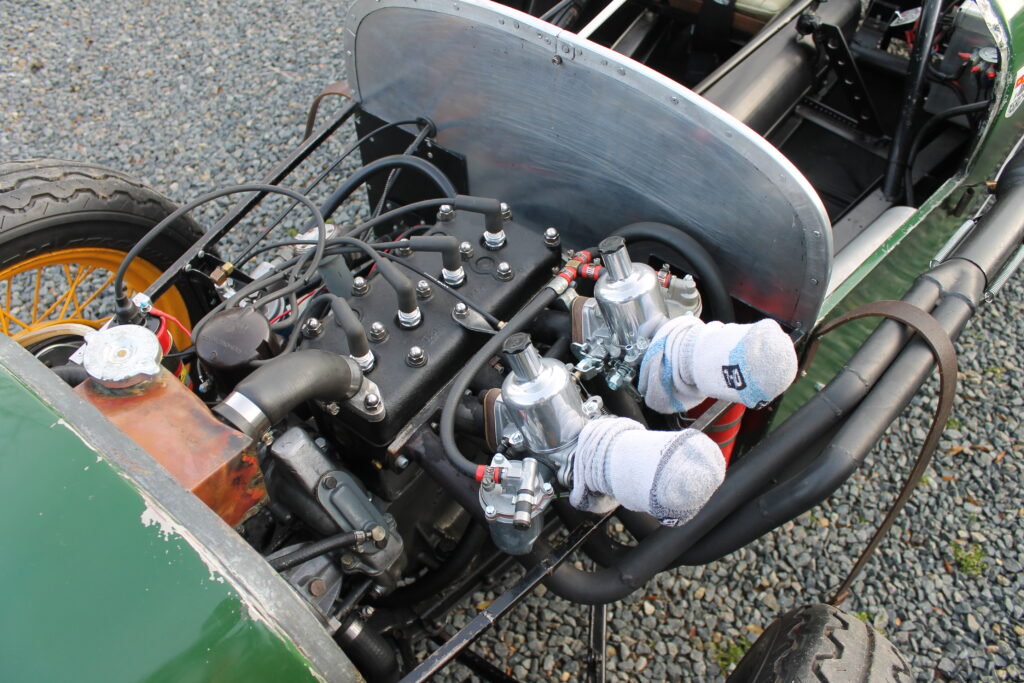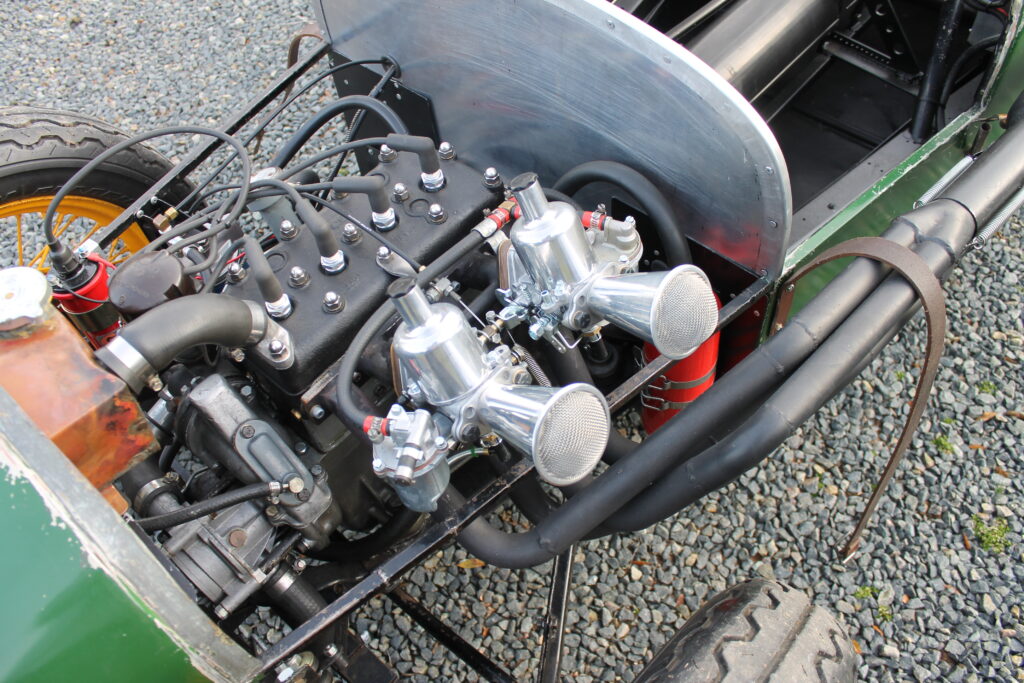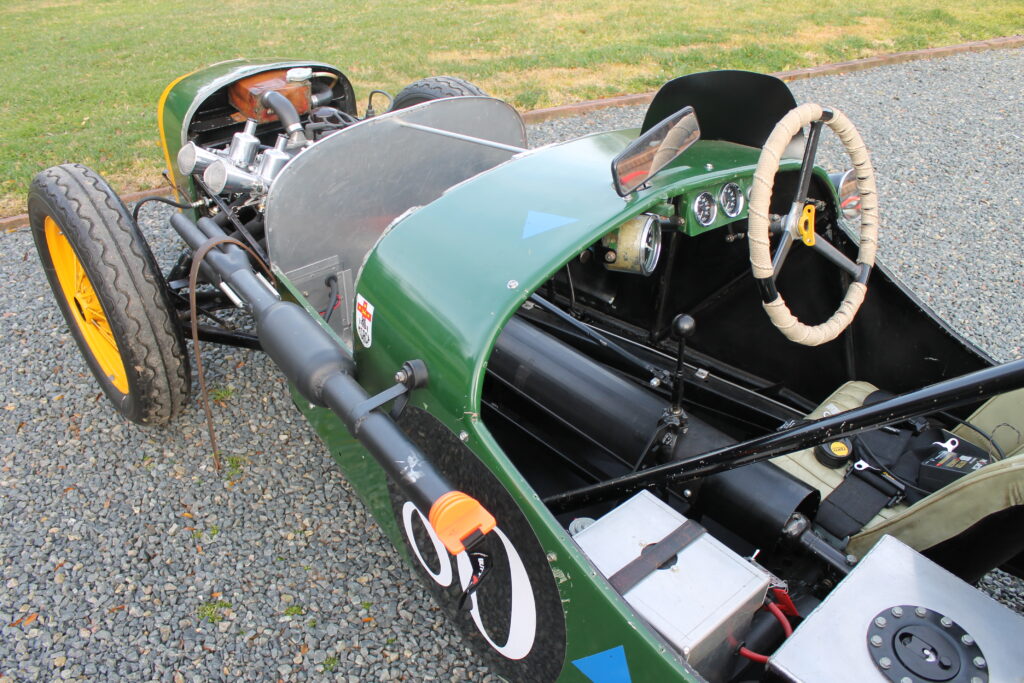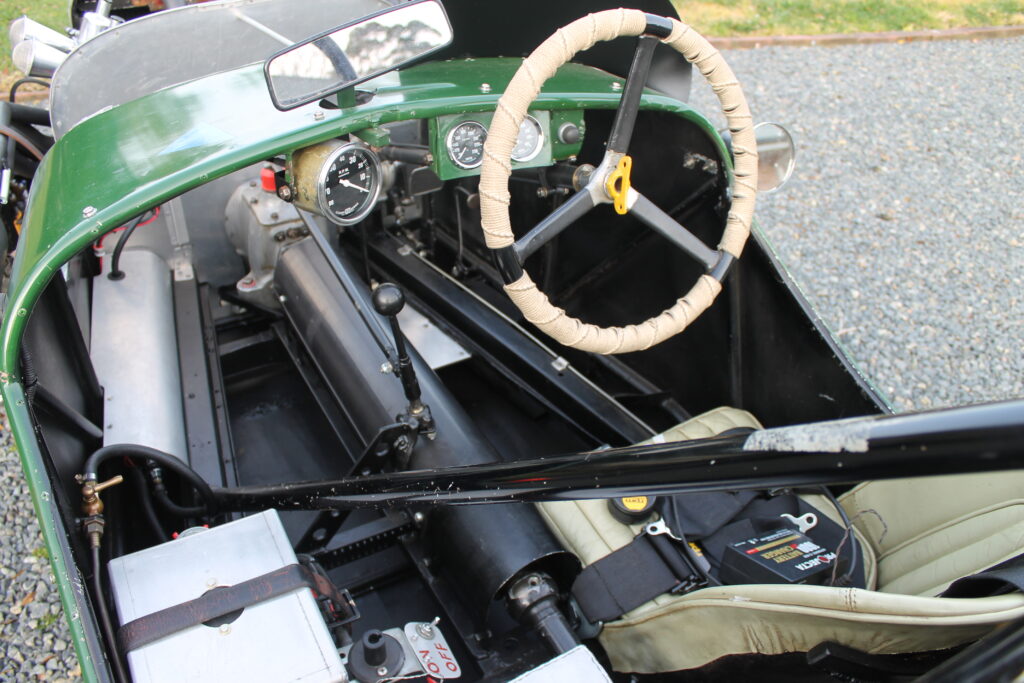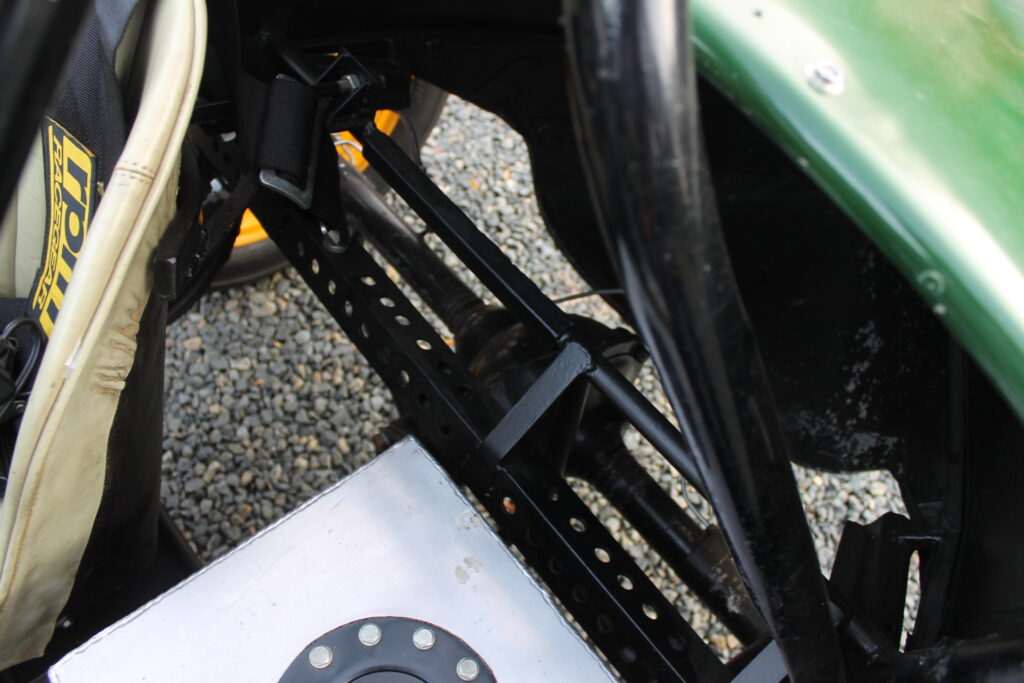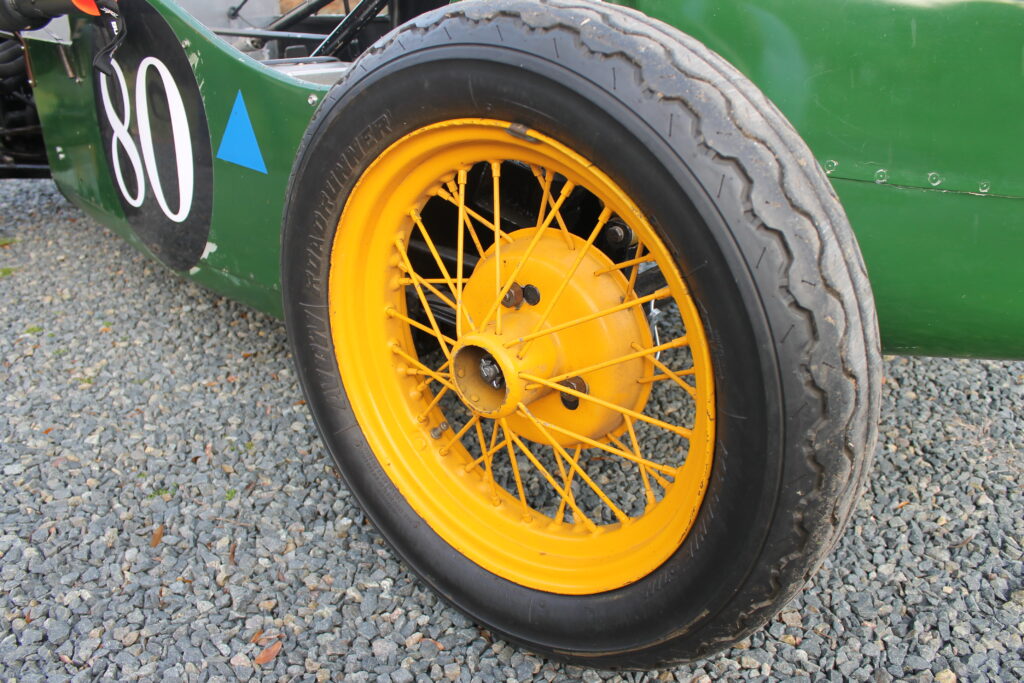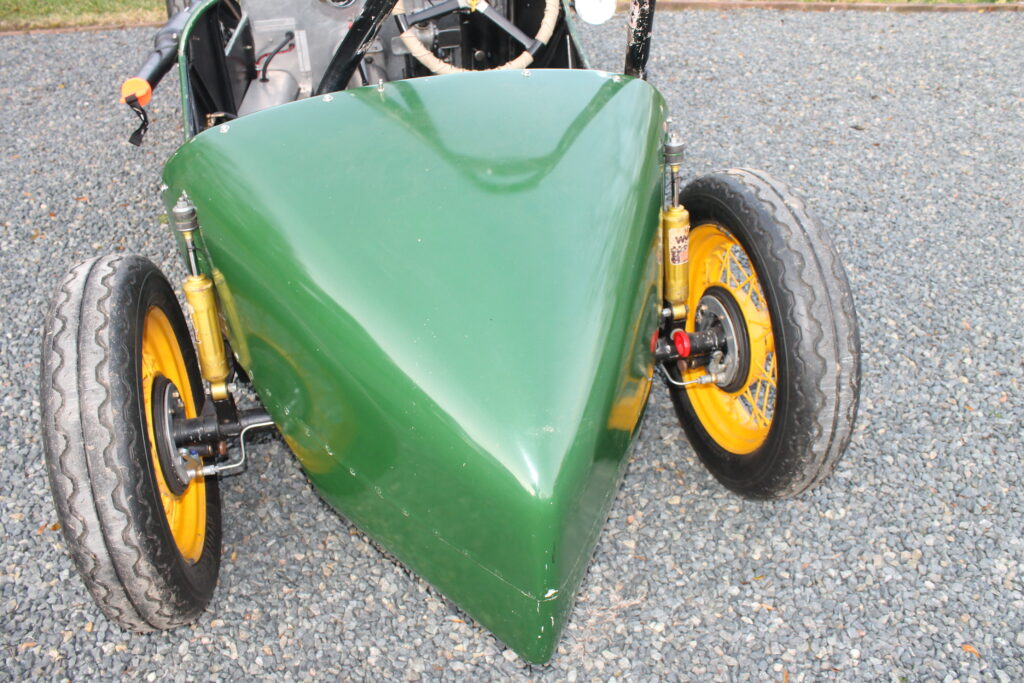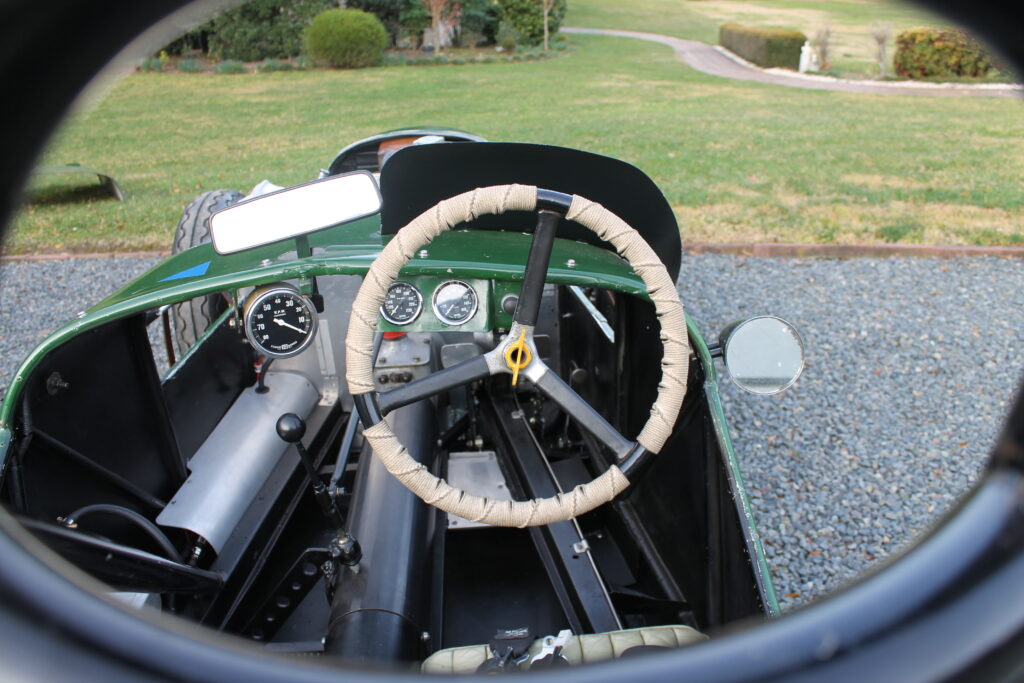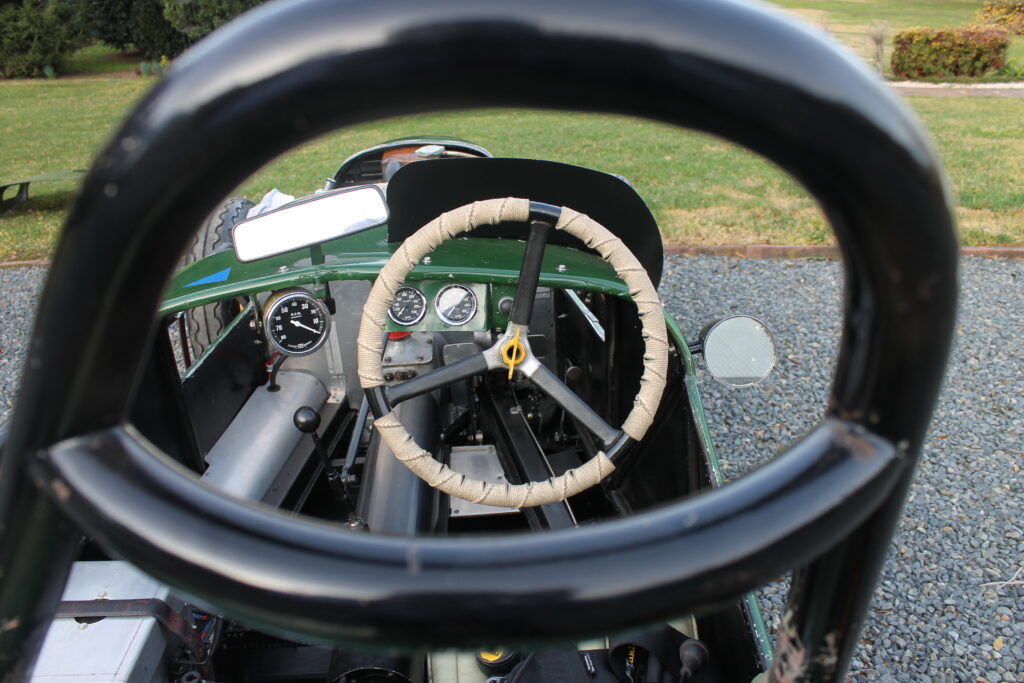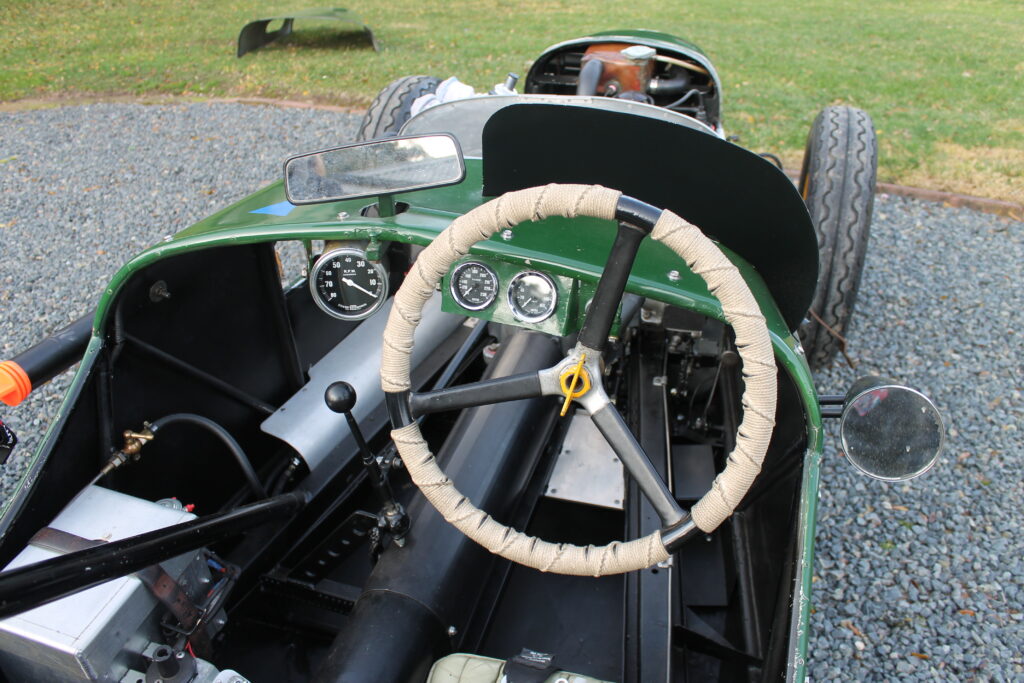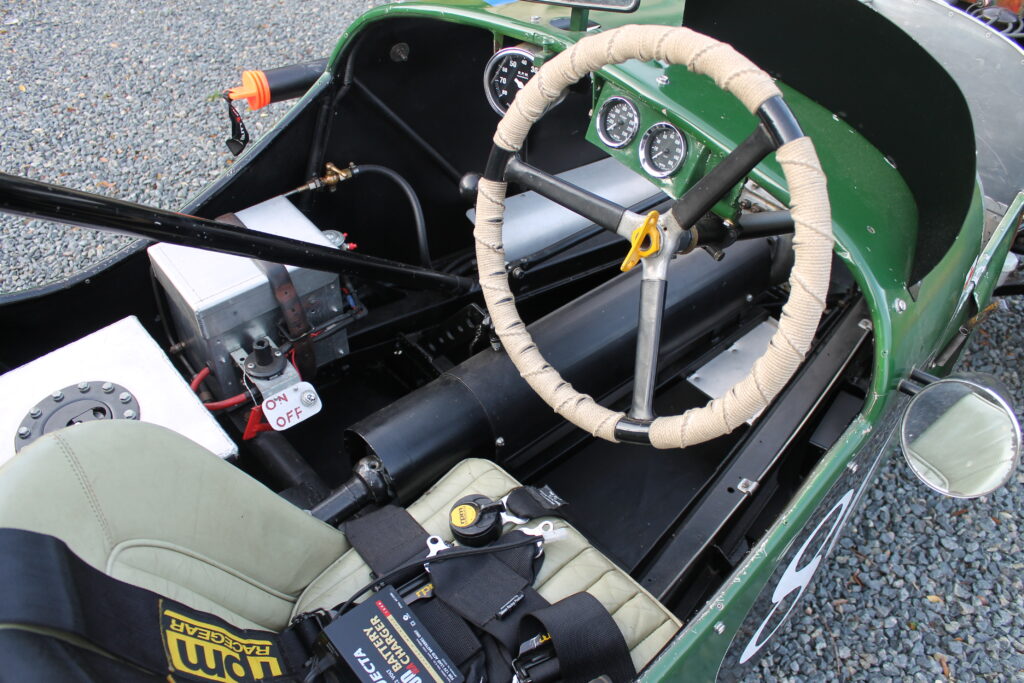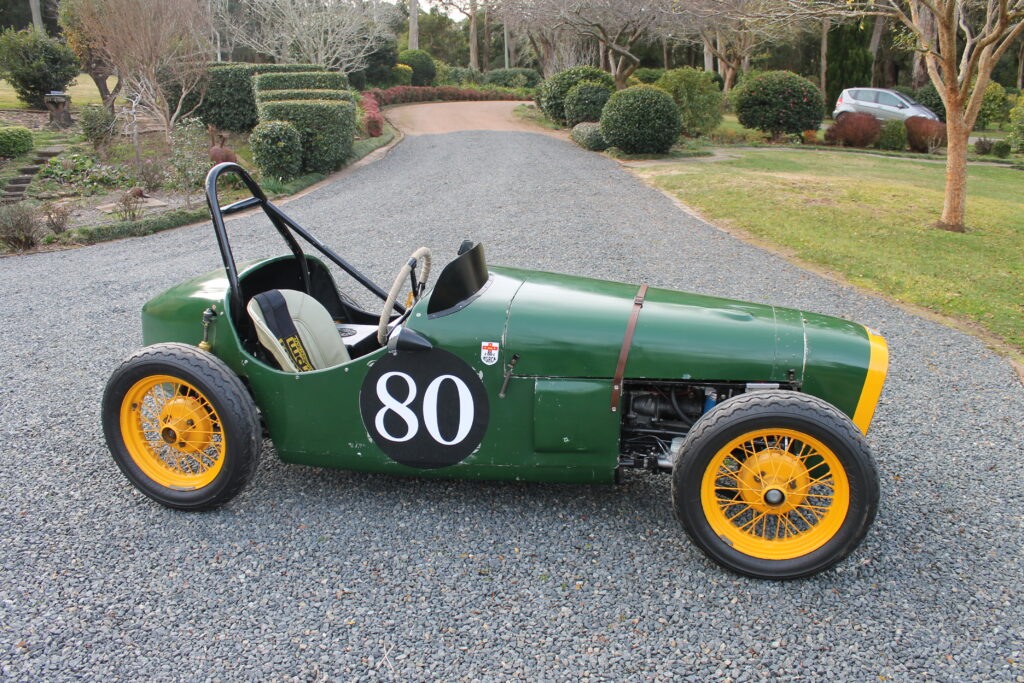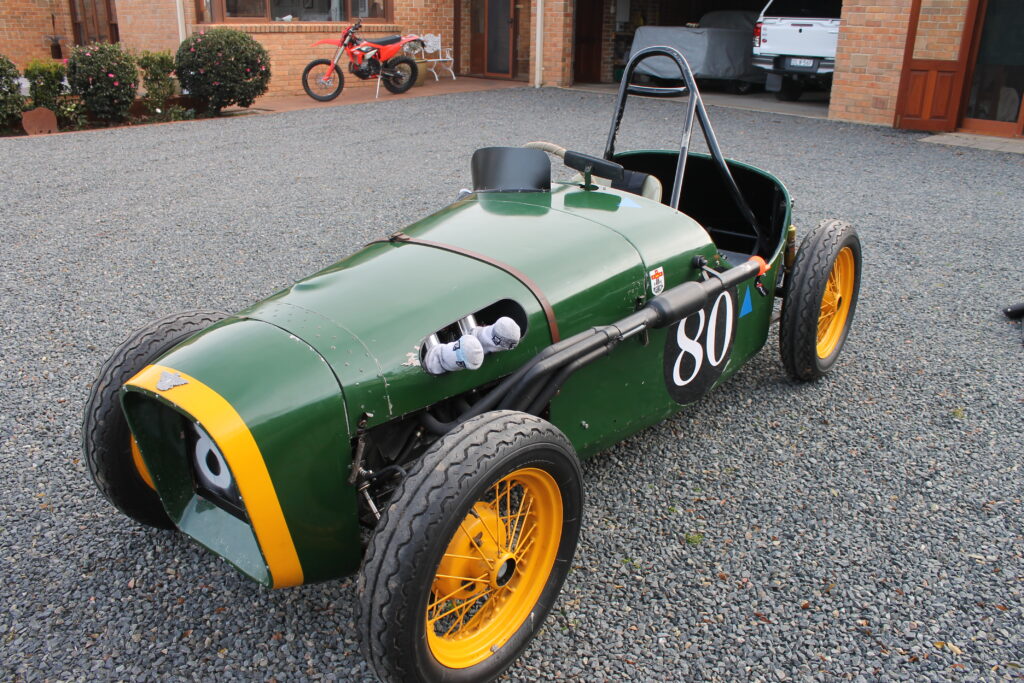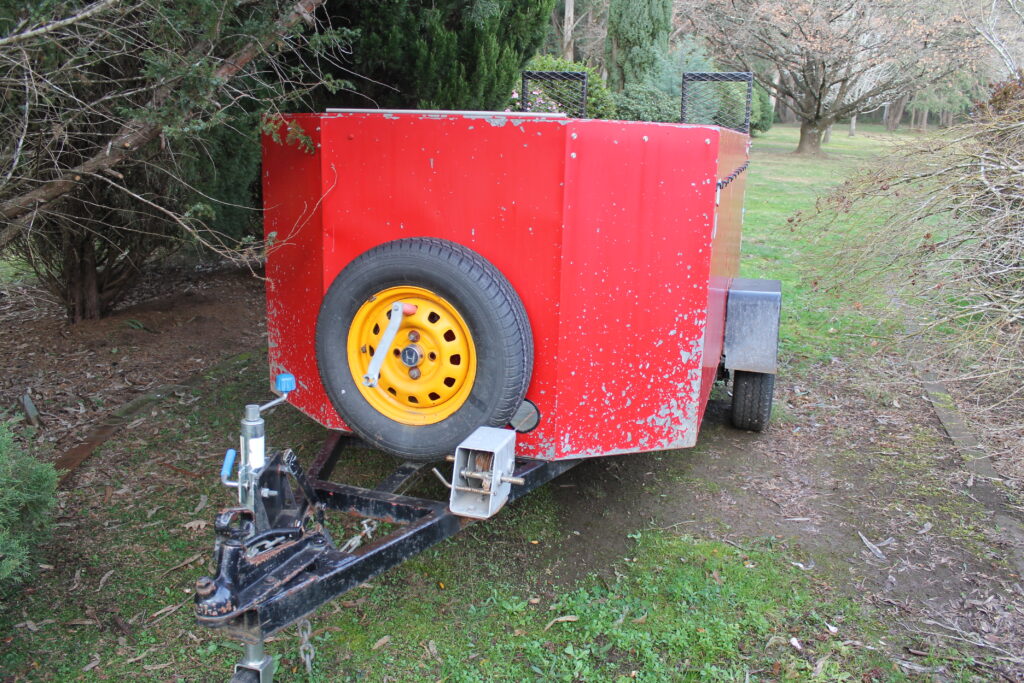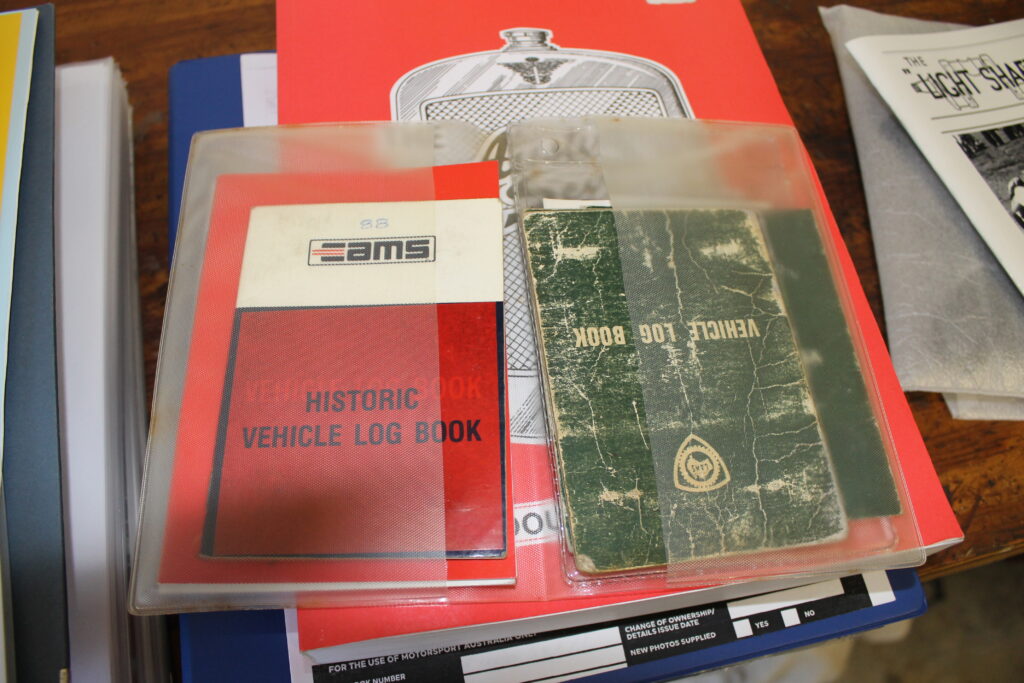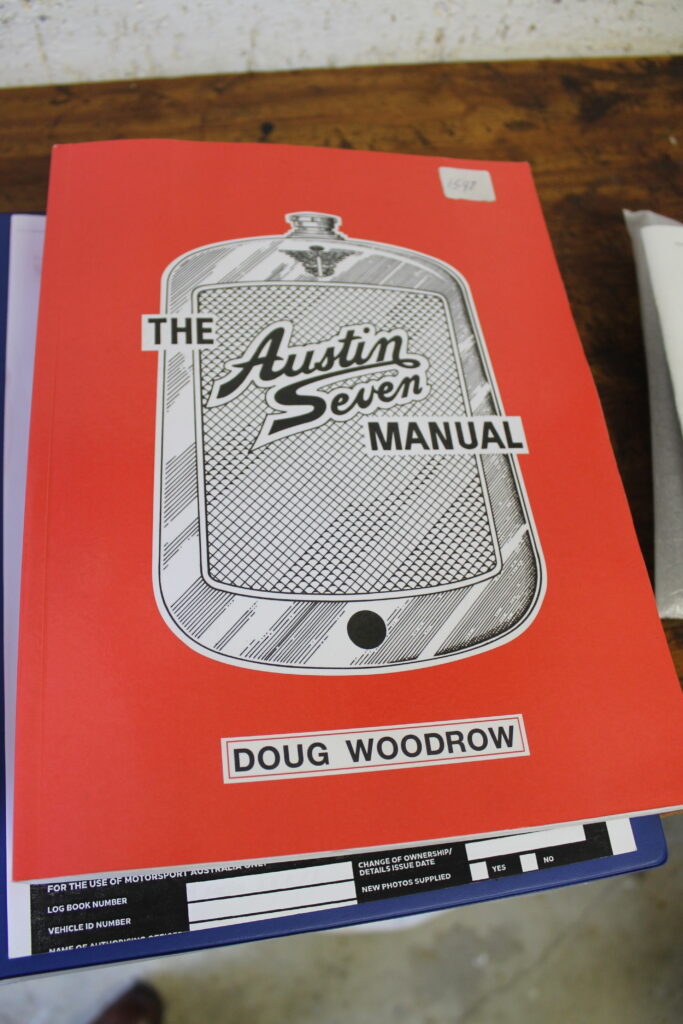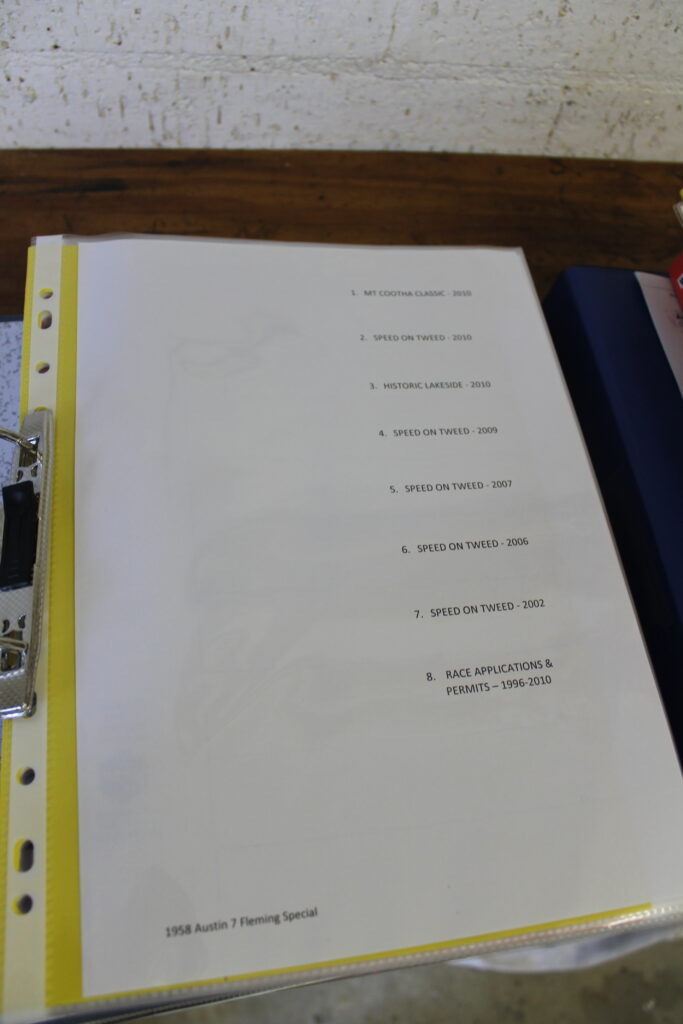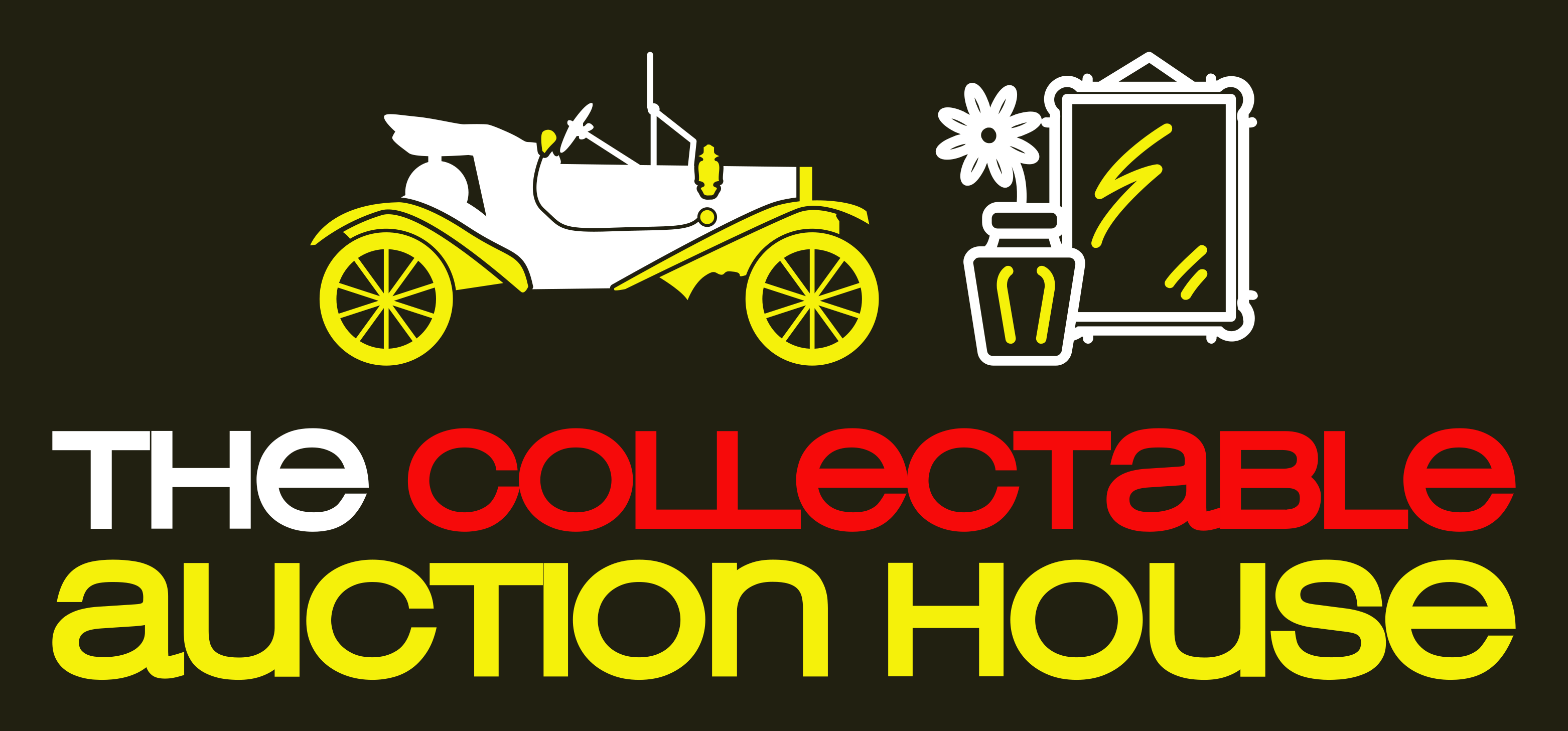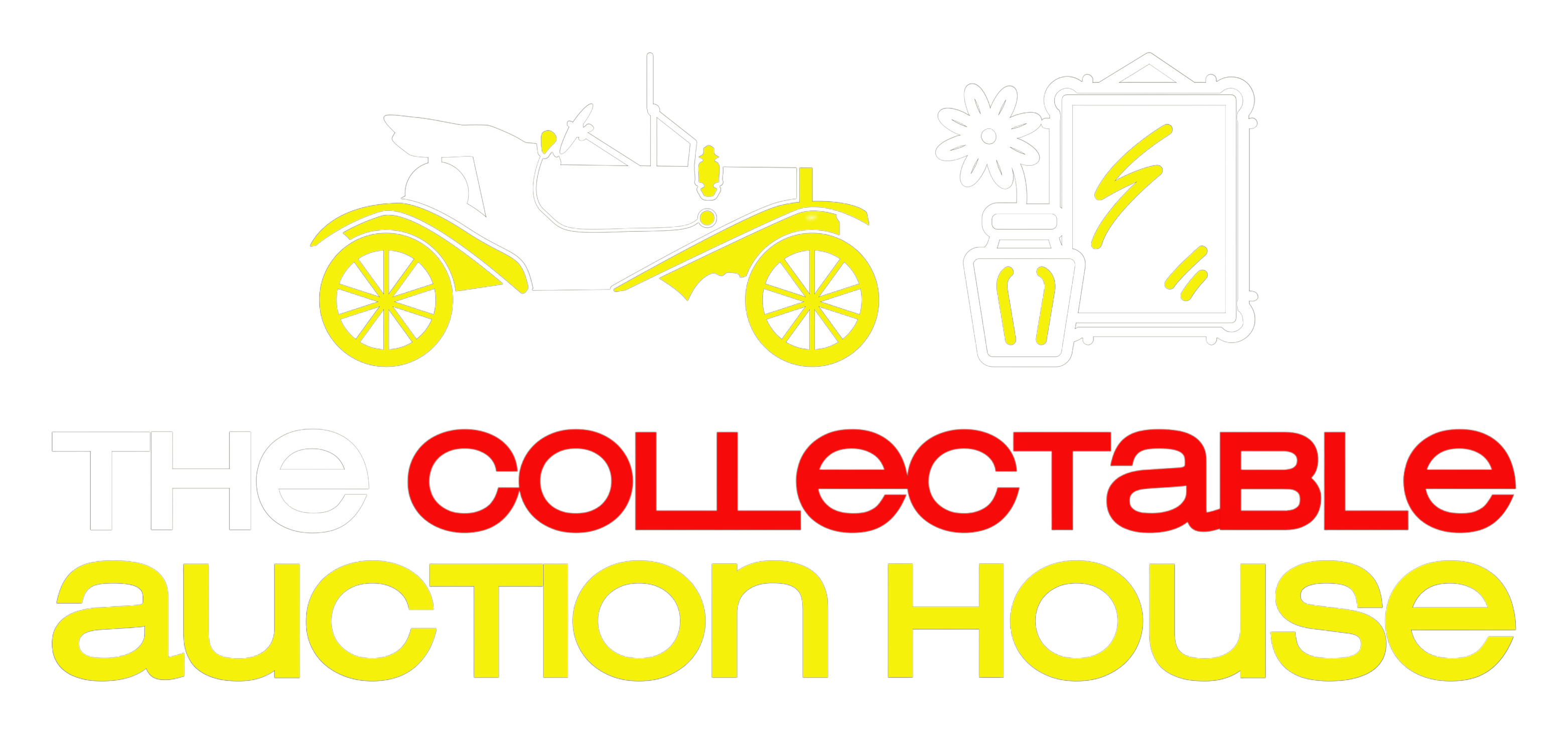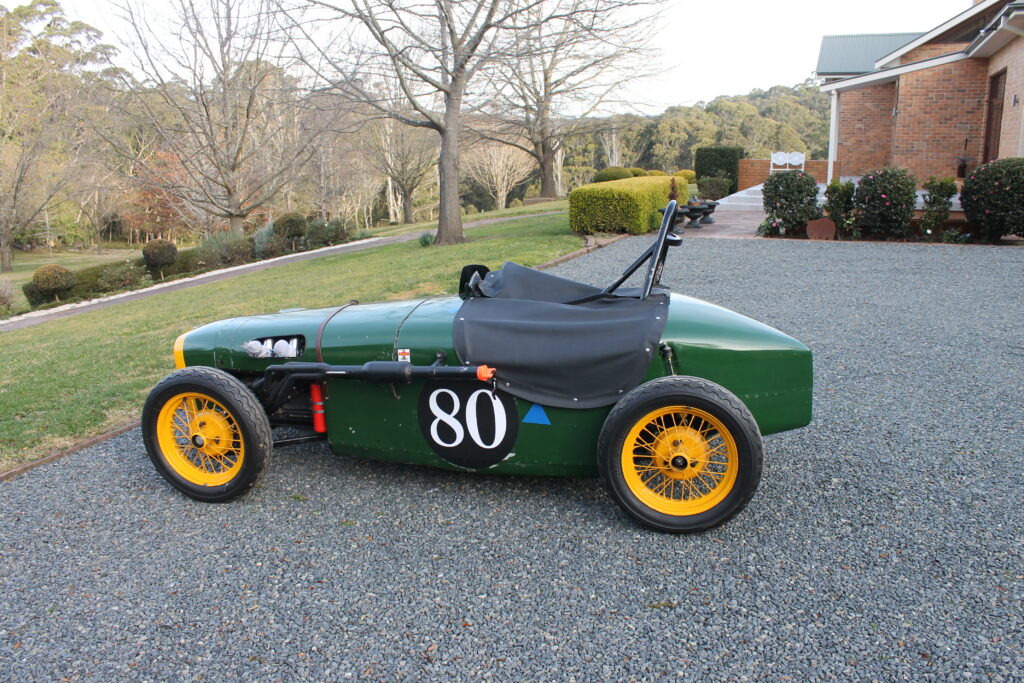
$30,000
Founded in 1905 by Herbert Austin, the Austin Motor Company was British car manufacturer based in the small village of Longbridge, just outside of Birmingham. The first Austin was produced in 1906. It was a conventional four cylinder car, available as a 15/20hp and a 25/30hp. Austins were considered luxury vehicles and they were often the choice of successful business people, government officials and British nobility. Production increased steadily over the next few years and by 1914 Austin was building cars with a variety of different body styles, including saloons, open tourers, coupes, limousines and landauettes. They were also building ambulances and commercial vehicles.
The Austin Motor Company grew considerably during the First World War, during which it was fulfilling government contracts for aircraft, shells, heavy guns and trucks. The workforce expanded from around 2,500 to 22,000 people.
The period after the War wasn’t easy for the Austin Motor Company. Austin had decided to focus on only one model based on its 20hp, 3620cc engine. Despite being offered in a variety of versions, from cars to trucks and even a tractor the sales volume wasn’t high enough to fill the huge factory built during the War. The company went into receivership in 1921, but fortunately survived after a major restructure.
Austin decided the way forward was to focus on smaller cars. They would be a lot cheaper than anything offered previously by the Austin Motor Company and therefore appeal to a much larger market. The first ‘small’ Austin, the 1661cc Twelve was introduced in 1922. A year later the Seven was introduced. The Austin 7 was a very simple, inexpensive small car and one of the first cars which was directed at a mass market. One of the main reasons for the success of the Austin 7 was its price. Cars were taxed according to their engine size and the Austin 7 was powered by a small four cylinder engine of only 696cc capacity.
The Austin 7 was a great success for the Austin Motor Company and the cars were soon built under license in a variety of countries all around the world. The first car built by BMW in Germany, the Dixi was a licensed Austin 7. In the US they were built under the name American Austin or Bantam and in France under the name Rosengart. In Japan Nissan was using the 7’s design as a basis for their first cars. Rolling chassis’ were exported to Australia to have locally made bodies attached.
The Austin 7 was a fantastic success story and by 1930 it was the most popular car produced in the UK. Production of the Austin 7 ended in 1939 after some 290,000 cars were built.
After the Second World War it became quite popular to modify Austin 7’s for competition. As a result many Austin 7 Specials were built all over the world and some went on to be significant and make their marque in automotive history. Bruce McLaren’s first race car was an Austin 7 Special and Colin Chapmans first Lotus, the Mark I, was also built from an Austin 7! In the 1950’s in the UK companies like Speedex, which was based in Luton, thrived on building race car bodies and engine parts for the Austin 7 chassis.
Here in Australia, it was a similar story. To establish an Australian motor industry after World War I, the Australian government imposed a tax on imported cars. However, there was a tax concession offered for rolling chassis’ and as a result many Australian coach builders imported rolling chassis’ and fitted their own custom bodies. The largest of these companies was Holden’s Motor Body Builders. In the mid 1920’s they started importing Austin 7 rolling chassis and fitted their own tourer and roadster bodies.
The Austin 7 was popular in Australia and soon people started building Austin 7 Specials in this country. There were also a few companies that specialised in providing parts for Austin 7’s to support the growing market of people building Austin 7 Specials.
One of the most successful was John Fleming of Merri Bridge Motors in Northcote, Victoria. His company provided fibreglass car bodies for a great variety of cars, MG, Holden, Vanguard, Singer 9, A40’s and of course Austin 7’s. Merri Bridge Motors was generally considered as the place to go for anyone who needed Austin 7 parts to build a car.
OUR CAR
Fleming also found some time to build himself a car which became known as the Austin 7 Fleming Special. This car was built from 1954 – 1958 based on a 1931 Austin 7 chassis. The car was stripped to its bare bones and all non-essential components removed. It didn’t even have a starter motor! The car was powered by an Austin 7 engine with two 1¼ “ SU carburetors mated to a 4 speed, close ratio Needham gearbox. Fleming built an aluminum body for the car and fitted a custom exhaust. Despite its small engine size, the car only weighed 320 kg, so it performed exceptionally well!
Fleming used and enjoyed the car through until 1961 when he sold it to Keith Lawrence who had been working for him as an apprentice. Over the next 15 years the car was actively raced, and it changed hands a few times. Each subsequent owner made his own changes and improvements to the car. In 1977 the car was purchased by Rex Styles, who was a car dealer in Frankston, a suburb of Melbourne. Styles refurbished the car returning both the body and mechanicals back to how it was originally built by John Fleming. He fitted vintage wheels and tyres and then campaigned the car on a regular basis throughout Victoria. Styles sold the car in 1982 back to one of the previous owners, John Marriot. Marriot continued using the car on a regular basis, mainly in Victoria, before selling it in 1990 to its next owner who lived in Avalon, just north of Sydney. The car was then regularly raced throughout NSW, Victoria and Queensland. An ‘off’ at Winton in 1995 saw the cars then owner tasked with a comprehensive rebuild. It is understood that at that time the engine was rebuilt using pistons and rods from a Renault Dauphine. This meant the engine size was increased from its original 747cc to 802cc. In 1996 the car was sold to a Brisbane based owner who used it extensively. He has competed in many hill climbs, track days and events including Speed on Tweed, the Leyburn Sprints, the Noosa Hill Climb, the Mount Cootha Hill Climb and many more.
The current owner then commenced a full rebuild including engine and gearbox. A new period style radiator was also installed.
The car has an extensive history file and there are some wonderful photos on file of the car competing at a number of these events.
There are CAMS logbooks on file dating back to the late 1960’s as well as a CAMS Certificate of Description, which was issued on 18th November 1999.
Today the car presents exactly as you would expect from a vintage race car. The body work presents well with just the right amount of patina. Everything is neat and tidy on the car, confirming that it has been well cared for. Starting the car is not as simple as ‘turning the key’, however, follow the procedure and it starts easily. The car runs and drives well. That said it has not been used in recent years so will need a new set of tyres to go actively racing again.
It also comes with an enclosed purpose built trailer.
A fabulous and affordable entry into vintage motorsport.
We are extremely proud to offer this car through The Collectable Auction House.
Please contact us to arrange an inspection – you will not be disappointed!
Car is sold unregistered.
